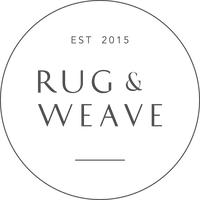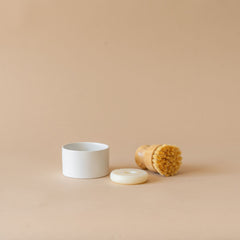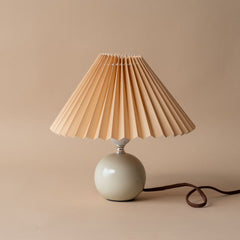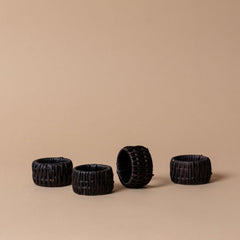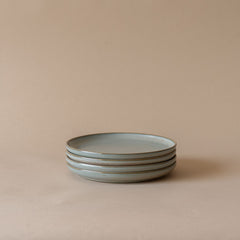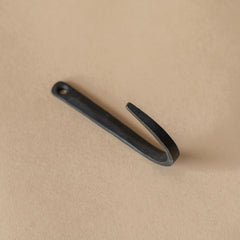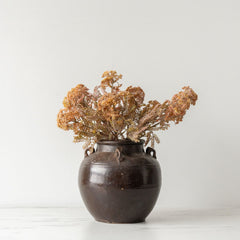Rug Guide
Unsure about selecting an area rug? Our guide covers everything you need to know, from measuring for a rug and understanding different materials and construction to tips on rug care and more.
FAQ
How do I determine the right size for my rug?
To find the right size rug, measure your space and consider the layout of your furniture. For living rooms, a common rule is to have the rug large enough to fit under the front legs of all major furniture pieces. In dining rooms, ensure the rug extends at least 24 inches beyond the table to accommodate chairs. Bedrooms often benefit from rugs that extend around the bed or are placed under the bottom two-thirds of the bed.
What are the different types of rug materials?
Rugs come in a variety of materials, including natural fibers like wool, cotton, and jute, and synthetic fibers such as nylon, polyester, and polypropylene. Each material has its own characteristics: wool is durable and stain-resistant, cotton is soft and easy to clean, jute is eco-friendly and adds texture, while synthetic fibers are often more affordable and resistant to wear and stains.
How do I choose the right rug for high-traffic areas?
For high-traffic areas, look for rugs made of durable materials like wool or synthetic fibers. Low-pile or flat-weave rugs are also good choices as they tend to be more resilient and easier to clean than high-pile rugs. Consider darker colors or patterns that can help disguise dirt and wear.
What are the different rug construction methods, and why do they matter?
Rugs can be made using several construction methods, including hand-knotted, hand-tufted, hand-hooked, flat-woven, and machine-made. Hand-knotted rugs are known for their durability and craftsmanship but are usually more expensive. Hand-tufted and hand-hooked rugs offer good quality at a more affordable price. Flat-woven rugs are lightweight and reversible, while machine-made rugs provide a wide variety of designs at budget-friendly prices.
How should I care for my rug to ensure its longevity?
Regular maintenance is key to extending the life of your rug. Vacuum it regularly to remove dirt and debris. Rotate the rug every few months to even out wear and prevent fading. Blot spills immediately with a clean, dry cloth and avoid rubbing. For deeper cleaning, follow the care instructions specific to the rug's material and consider professional cleaning every 1-2 years.
What are the benefits of using a rug pad?
Rug pads provide several benefits, including preventing the rug from slipping, adding extra cushioning and comfort, protecting your floors from scratches, and extending the life of your rug by reducing friction with the floor. Choose a rug pad that matches the size and type of your rug and flooring.
How do I handle rug shedding?
Shedding is common with new rugs, especially those made from wool. Regular vacuuming can help reduce shedding over time. Use a vacuum without a beater bar or with the beater bar turned off to avoid damaging the rug fibers. Shedding typically decreases significantly within the first few months of use.
Can I use an outdoor rug, indoors?
Yes, outdoor rugs can be used indoors. They are often made from durable, weather-resistant materials that are easy to clean and maintain, making them a good choice for high-traffic indoor areas or homes with pets and children. Their design and texture have improved significantly, offering a variety of stylish options.
How do I choose a rug that compliments my room's decor?
When choosing a rug, consider the room's color scheme, furniture style, and overall aesthetic. A rug can be a focal point with bold patterns and colors or a subtle complement with neutral tones and simple designs. Look for rugs that tie together the existing elements of the room and enhance the overall look and feel.
Are there hypoallergenic rug options available?
Yes, there are hypoallergenic rugs made from materials that are less likely to trigger allergies. Look for rugs made from synthetic fibers like nylon or polyester, which resist mold and mildew. Additionally, flat-weave and low-pile rugs tend to trap less dust and allergens compared to high-pile rugs. Regular cleaning and maintenance can also help keep allergens at bay.
